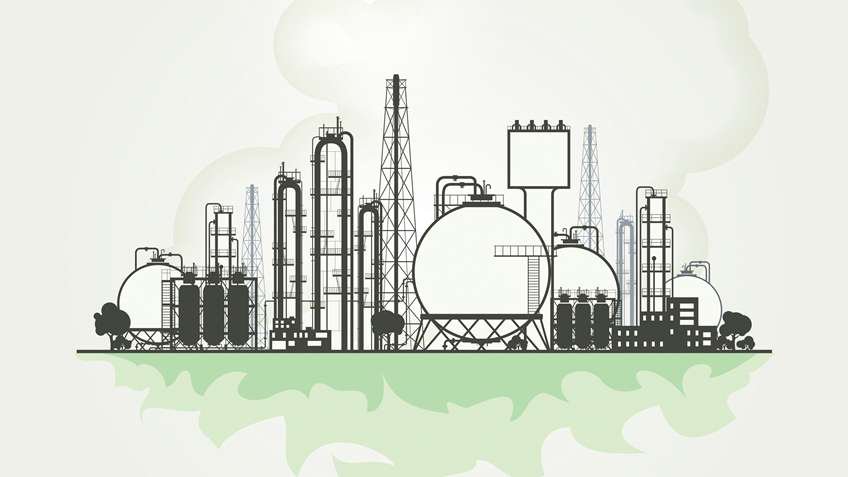By Gordon Bordelon, chemical industry lead, Rockwell Automation
Chemical producers face many business challenges — from stiff competition and reduced margins to limited human capital, regulatory compliance and supply chain digitization. While trying to juggle these challenges, they also face the day-to-day realities of dealing with aging assets and growing support costs.
Decades-old chemical plants across the United States are working to address a range of equipment challenges, including obsolete equipment, unplanned downtime and limited visibility into critical-asset performance.
With the digital landscape changing rapidly, chemical producers are looking to technology to help solve their issues with a quick return on investment (ROI). That’s why it’s important to rethink business decisions and consider technology investments that will deliver both incremental and long-term ROI.
The connected production technologies available now are far beyond those available just 10 years ago. Advanced technology gives chemical producers immediate relief from the constraints of obsolete equipment and limited human capital and domain expertise. It also can help merge IT and OT systems to provide seamless connectivity for managing production and turning supply chain data into actionable real-time information.
The Connected Chemical Plant
This connected, information-driven approach to chemical production can be called a connected chemical plant.
Building a connected chemical plant doesn’t have to be daunting. Think of it like this: By strategically prioritizing investments around smarter technologies, a connected chemical plant offers nearly unlimited opportunities to monitor and improve production performance. So, what does this mean for everyday operations?
